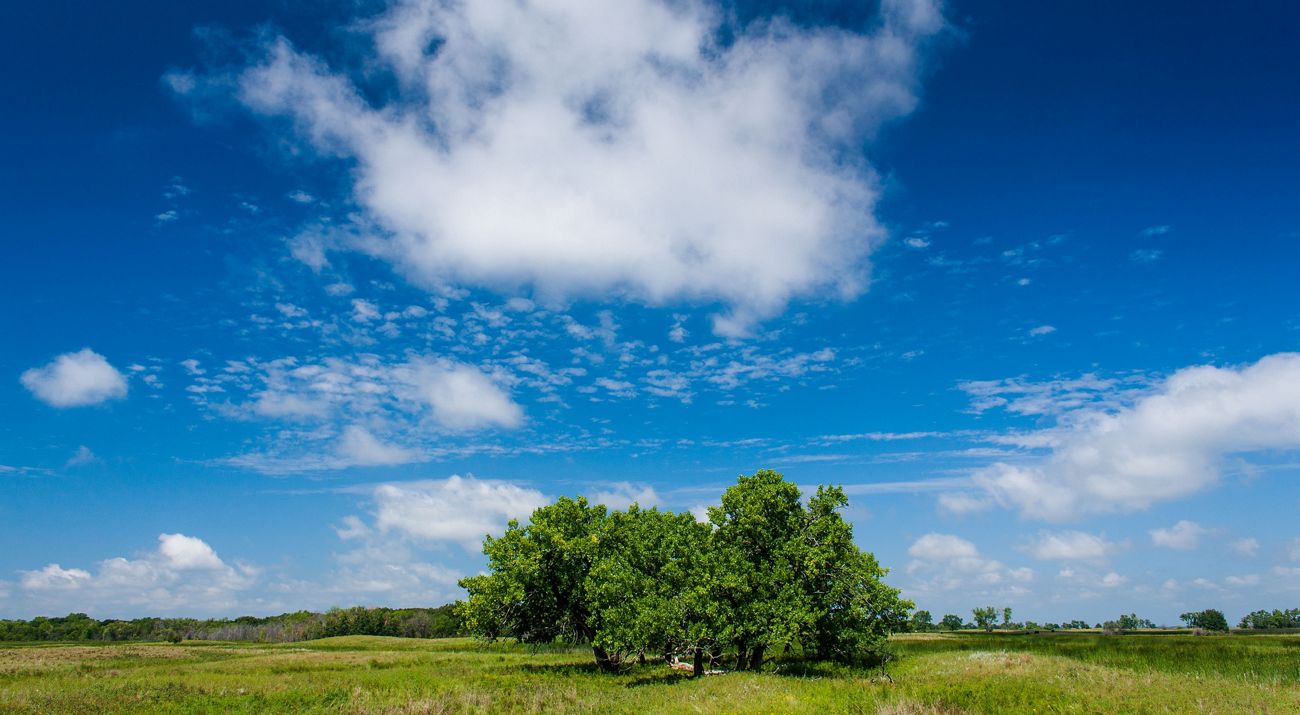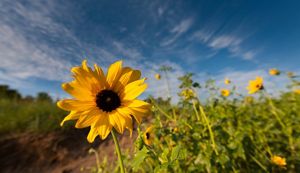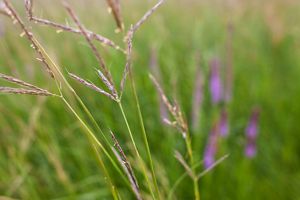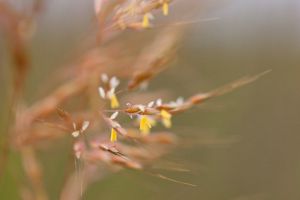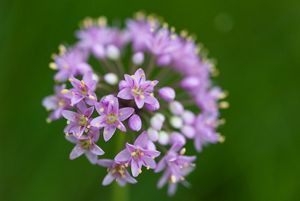Description
Why You Should Visit
The Sheyenne Delta, which encompasses Brown Ranch, was a river delta formed at the place where the Sheyenne River flowed into glacial Lake Agassiz. This lake covered the Red River Valley some 15,000 years ago. At its maximum, it was the size of the current Great Lakes. When Lake Agassiz drained after the continental glaciers receded, the sandy river sediments that made up the delta were left exposed as low rolling hills.
The current Sheyenne Delta is one of the most important native prairie landscapes left in the Upper Midwest. Because of its less productive, sandy prairie soils, much of it was never plowed for crop production. It is one of the few large blocks of grassland (369 square miles) left in the tallgrass prairie region. Although the Delta area was settled by farmers and ranchers in the 1800s, during the Dust Bowl and Depression years the federal government bought much of the area to help provide relief to struggling farmers and ranchers. Today, that land is administered by the U.S. Forest Service as the Sheyenne National Grasslands.
Brown Ranch is located on the southern edge of the Delta. Tallgrass prairie vegetation dominates the upland areas, with wetlands or wet prairies filling the lower-lying swales.
Why TNC Selected This Site
TNC identified Brown Ranch in their Northern Tallgrass Prairie Ecoregional Plan as a high priority for protection because it is an important part of the Sheyenne Delta and one of the few large examples of nearly intact native tallgrass prairie in northern tallgrass prairie ecoregion.
What TNC Has Done/Is Doing
TNC purchased Brown Ranch in 2000 and has worked to restore 100 acres of disturbed prairie using prescribed fire for invasive weed control.
In addition, TNC is building strong partnerships with neighboring landowners and government agencies. An example: working with the U.S. Forest Service and ranchers, the TNC is encouraging sustainable grazing practices to improve native species diversity, along with livestock production. TNC is also restoring habitat for threatened grassland birds in the region by controlling the spread of invasive species.
Finally, the Brown Ranch is being utilized for numerous research projects by with North Dakota State University, North Dakota Parks and Recreation Department, U.S. Forest Service and the U.S. Fish and Wildlife Service.
Canoeing the Sheyenne River, photography, bird watching, and mountain biking, hiking, and horseback riding on the North Country National Scenic Trail are some of the activities in which to participate in the area. There are no facilities available at Brown Ranch. There are supplies and gas at surrounding small towns. Bring plenty of water in the summer.
